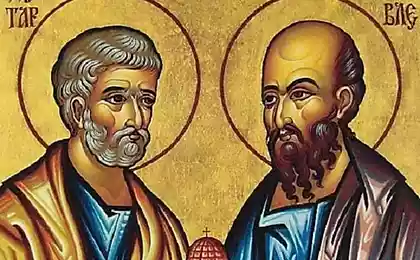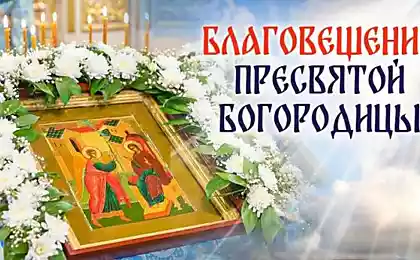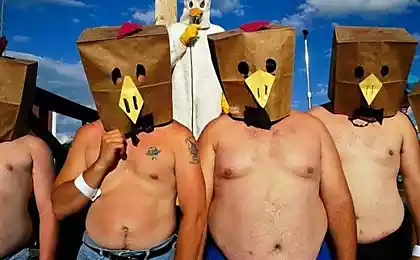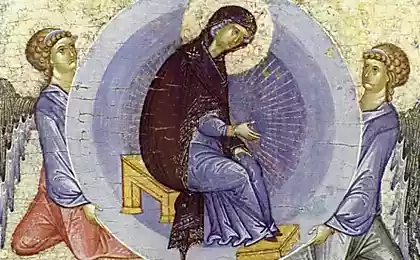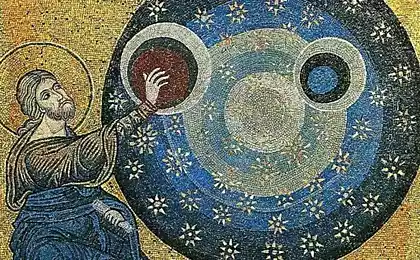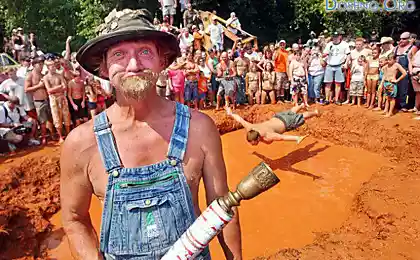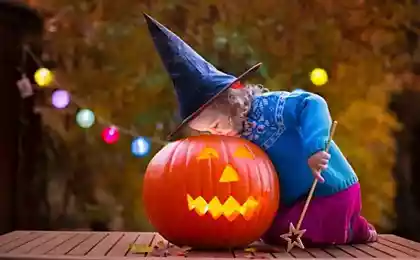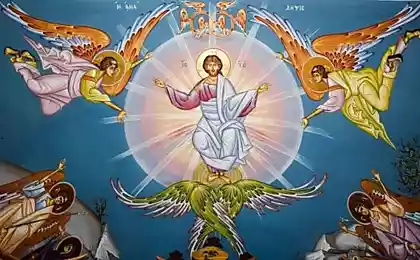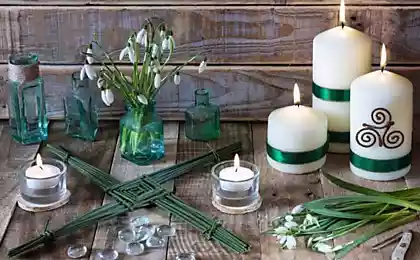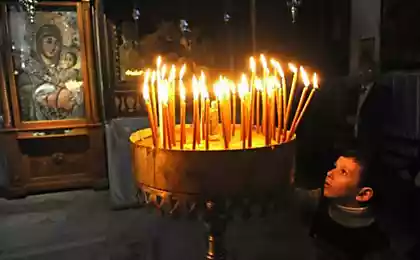1199
Wesak Festival
Every year in the full moon of May Buddhists around the world celebrate Vesak, which in many countries is considered a major religious holiday. Vesak for adherents of Buddhism thrice blessed date: according to the legend, on this day, there were three significant events in the life of the Buddha - the birth, enlightenment and death (passing into nirvana).


Vesak - a Buddha's birthday and the time of his enlightenment and death. The Holiday refers to the Theravada tradition, where all these events occur simultaneously. The holiday falls on the full moon of the second month of the Indian calendar. This year the event falls on the 27th of May, but preparation for it has long been underway, because this night shall be light as well as the day.
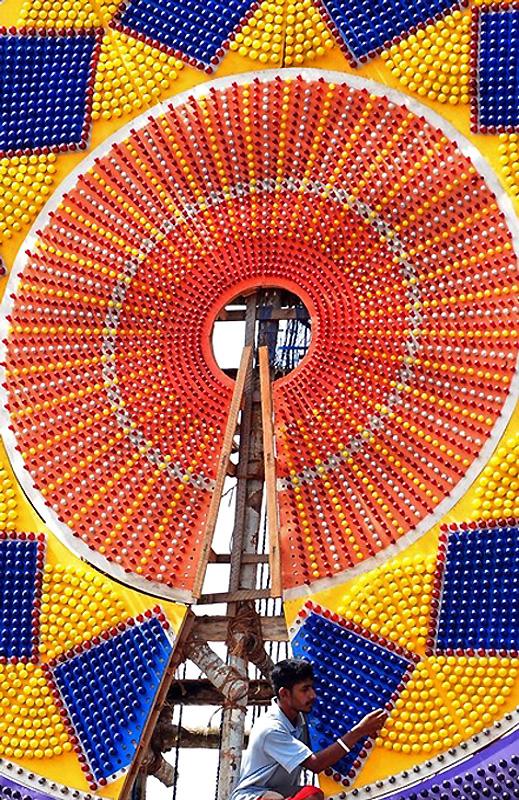
The Indian name of the month - Veshakha that sounds like a Sinhalese Vesak. The focus of the celebration Buddha's enlightenment, which marks a turning point in the knowledge of the truth.

On this day adorn the local churches and lanterns lit at nightfall, which symbolizes the enlightenment that comes peace. For Wesak lanterns are made of paper on a light wooden frame.
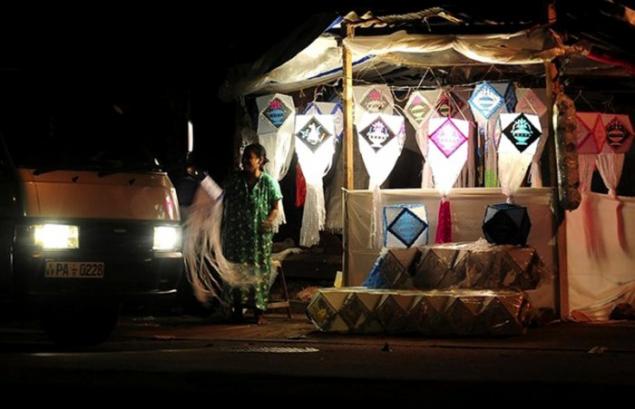
On the territory of temples around the Bodhi tree and stupas made to place oily lamp. People send postcards to your friends: they are usually portrayed some memorable events from the life of Buddha.
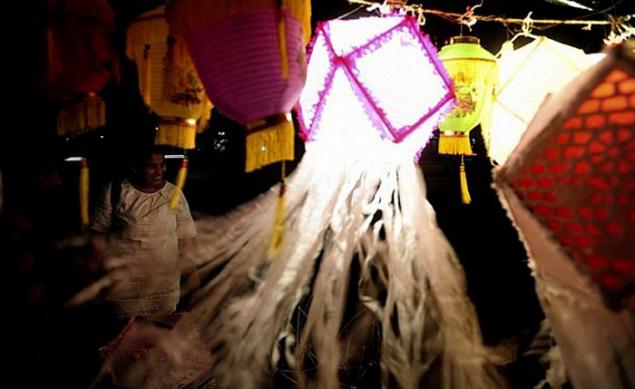
Lay people visit local temples and monasteries, listen and meditate darshan throughout the night, that is, turn to the ceremony. In the tradition of tai made to bypass around the monastery three times, in honor of the Buddha, Dharma and Sangha (three jewels), which are extremely important for Buddhists.

Perform instruction these days is carried out with greater rigor that sometimes leads to a ban on farming and other activities that may cause harm to living beings.
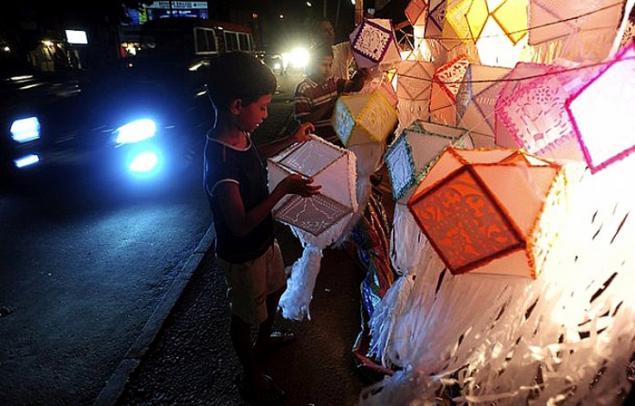
Lay people tend to bring in a monastery or temple copious meal to confirm that they do not forget their duty to the monastic community.
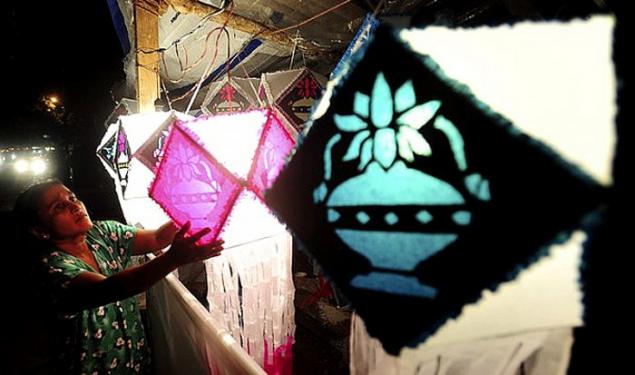
Offerings emphasize that the Sangha is extremely important for the laity. It is also a good opportunity to earn the respect of others. In Burma, in contrast to Sri Lanka, this festival is not considered a holiday of light, but the importance of his answers custom watering bodhi tree in the local monastery or temple.


Vesak - a Buddha's birthday and the time of his enlightenment and death. The Holiday refers to the Theravada tradition, where all these events occur simultaneously. The holiday falls on the full moon of the second month of the Indian calendar. This year the event falls on the 27th of May, but preparation for it has long been underway, because this night shall be light as well as the day.

The Indian name of the month - Veshakha that sounds like a Sinhalese Vesak. The focus of the celebration Buddha's enlightenment, which marks a turning point in the knowledge of the truth.

On this day adorn the local churches and lanterns lit at nightfall, which symbolizes the enlightenment that comes peace. For Wesak lanterns are made of paper on a light wooden frame.

On the territory of temples around the Bodhi tree and stupas made to place oily lamp. People send postcards to your friends: they are usually portrayed some memorable events from the life of Buddha.

Lay people visit local temples and monasteries, listen and meditate darshan throughout the night, that is, turn to the ceremony. In the tradition of tai made to bypass around the monastery three times, in honor of the Buddha, Dharma and Sangha (three jewels), which are extremely important for Buddhists.

Perform instruction these days is carried out with greater rigor that sometimes leads to a ban on farming and other activities that may cause harm to living beings.

Lay people tend to bring in a monastery or temple copious meal to confirm that they do not forget their duty to the monastic community.

Offerings emphasize that the Sangha is extremely important for the laity. It is also a good opportunity to earn the respect of others. In Burma, in contrast to Sri Lanka, this festival is not considered a holiday of light, but the importance of his answers custom watering bodhi tree in the local monastery or temple.



